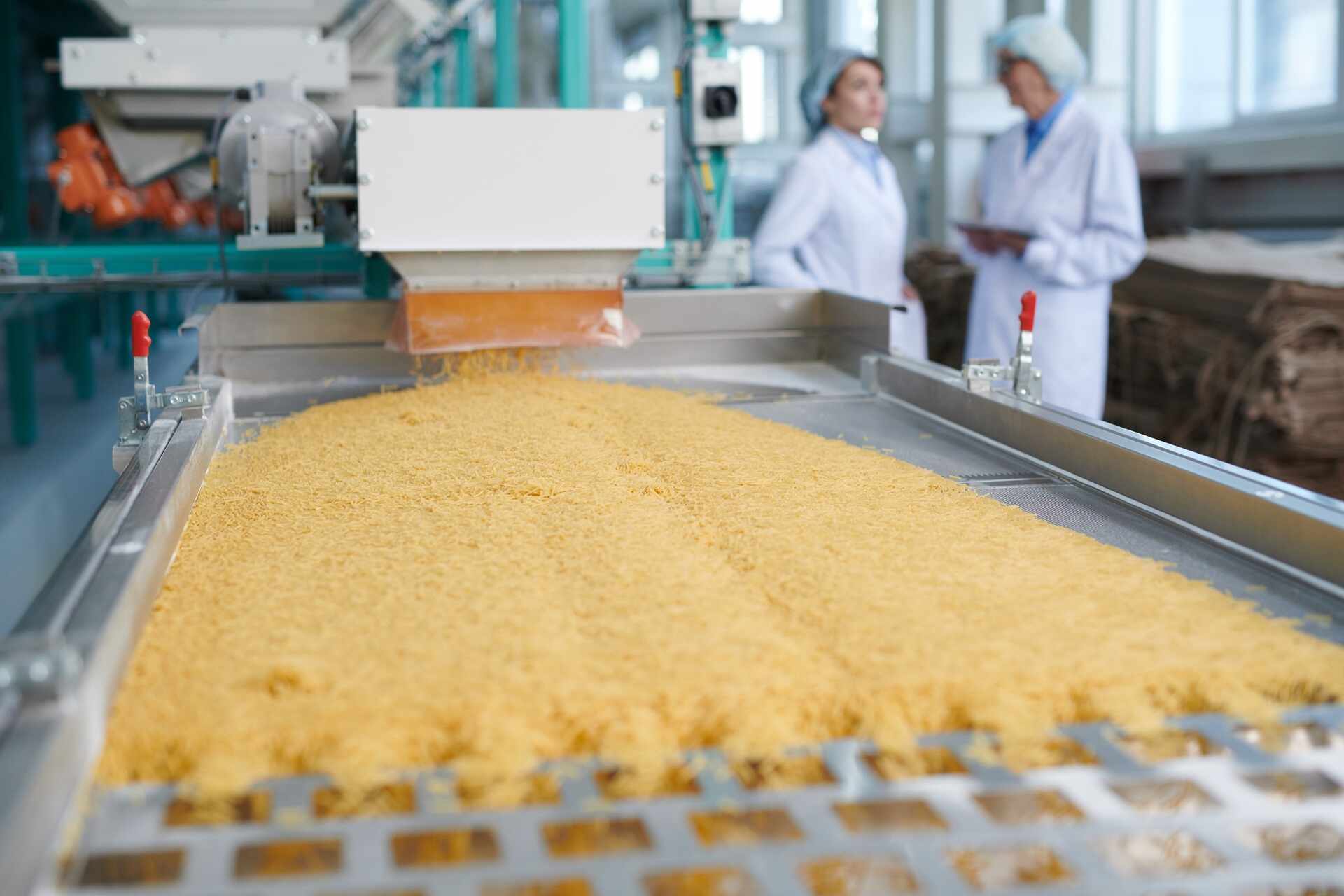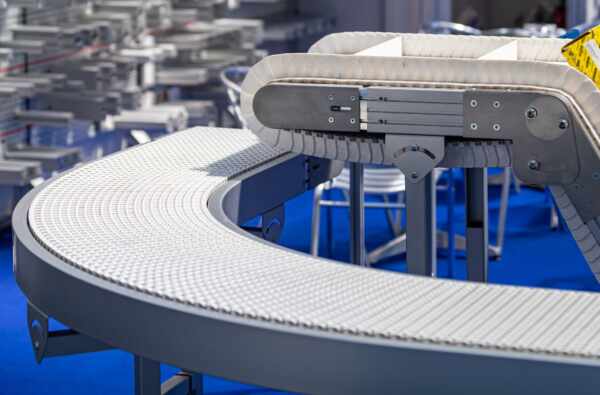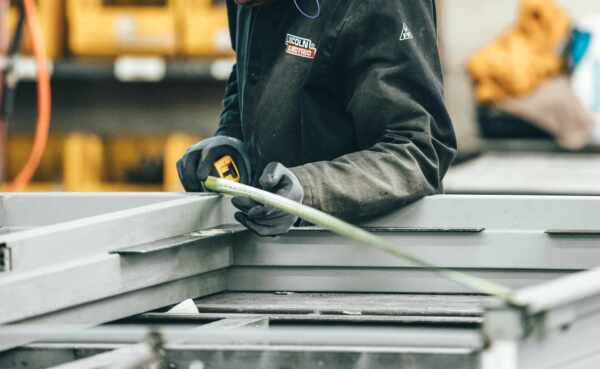Conveyor belt systems are the backbone of many food manufacturing operations, playing a crucial role in the transportation and processing of products. Ensuring that your conveyor belt system remains in peak condition is critical to maintaining operational efficiency, reducing downtime, and safeguarding product quality. Adequate maintenance not only prolongs the life of your conveyor belt system but also helps you avoid costly breakdowns and disruptions.
As a food manufacturer, developing a thorough understanding of conveyor belt maintenance best practices is essential for the smooth operation of your production processes. By implementing a proactive maintenance strategy, you can more effectively manage wear and tear and identify potential issues before they escalate into more significant problems, ultimately maximising the return on investment in your conveyor belt system.
In this informative guide, we will provide expert tips and recommendations on conveyor belt maintenance for food manufacturing operations. Discover the key steps to maintaining your conveyor belt system, troubleshooting common issues, and enhancing productivity in the ever-evolving food manufacturing landscape.
Create a Preventative Maintenance Schedule
A well-planned preventative maintenance schedule is the foundation for reliable and efficient conveyor belt system performance in food manufacturing operations. Implementing a consistent, systematic maintenance approach will help you identify potential issues before they become critical, reducing costly downtime and enhancing operational efficiency. Consider the following steps when creating a preventative maintenance schedule:
1. Manufacturer’s Guidelines: Consult the conveyor belt manufacturer’s guidelines for recommended maintenance intervals, procedures, and best practices.
2. System Inspection: Perform regular inspections of your conveyor belt system, including checking for wear, belt tension, damage, and misalignment.
3. Lubrication: Ensure proper lubrication of all mechanical components according to the manufacturer’s recommendations, using food-grade lubricants when required.
4. Record Keeping: Maintain accurate records of all maintenance activities, which can help identify trends, highlight recurring issues, and inform decisions about future maintenance planning.
Address Common Conveyor Belt Issues
By regularly inspecting your conveyor belt system, you can identify and address common issues before they impact productivity or food quality. Some frequent problems food manufacturers may encounter include:
1. Belt Misalignment: Misaligned belts can lead to uneven wear, increased energy consumption, and potential product damage. Regularly check belt alignment using visual inspections, guided by guidelines provided by the conveyor belt manufacturer, and make necessary adjustments.
2. Belt Contamination: In food manufacturing operations, it is crucial to ensure that belts remain free from contaminants that could compromise food safety. Inspect for signs of contamination regularly and clean the belt as necessary using appropriate cleaning solutions and techniques.
3. Conveyor Belt Slippage: Slipping belts can lead to diminished productivity, increased energy usage, and potential product damage. Check for proper belt tension and adjust as needed to prevent slippage.
4. Component Wear or Damage: Regularly inspect mechanical components such as bearings, sprockets, and idlers for signs of wear or damage. Replace any worn or damaged parts as required to maintain system reliability and performance.
Prioritise Cleanliness and Hygiene
Hygiene is crucial in food manufacturing environments, and your conveyor belt system plays a key role in maintaining stringent sanitation standards. To ensure the cleanliness of your conveyor belt system, consider the following:
1. Choose the Right Belt Material: Select a belt material that is suitable for your specific food manufacturing operation, considering factors such as product type, temperature, and cleaning requirements. Some materials, such as plastic modular belts, are more resistant to bacterial growth and easier to clean.
2. Implement a Routine Cleaning Schedule: Establish and follow a routine cleaning schedule for your conveyor belt system, ensuring that appropriate cleaning methods and chemicals are used in accordance with manufacturer guidelines and food safety regulations.
3. Regularly Inspect for Contaminants: Perform regular inspections of your conveyor belt system to identify and address any potential sources of contamination, such as debris accumulation or residue build-up.
Train Employees on Proper Conveyor Belt Maintenance
A well-trained workforce is essential for the effective maintenance and operation of your conveyor belt system. Invest in employee training and development to ensure that your team has the knowledge and skills required to perform maintenance tasks efficiently and safely. Areas of focus for employee training may include:
1. Familiarisation with Manufacturer Guidelines: Ensure that employees are well-versed in the conveyor belt manufacturer’s maintenance guidelines and recommendations.
2. Basic Troubleshooting Techniques: Train employees on basic troubleshooting techniques to identify and address common conveyor belt issues quickly and effectively.
3. Safe Work Practices: Provide training in safe work practices for conveyor belt maintenance tasks, including lockout/tag-out procedures and the use of personal protective equipment.
Conclusion
Proactive conveyor belt maintenance is vital to the smooth operation of your food manufacturing processes and can prevent costly disruptions, reduce downtime, and maintain food safety standards. By mastering the best practices discussed in this guide, you can ensure that your conveyor belt system continues to serve your food manufacturing operation efficiently and reliably for years to come.
Keep your food manufacturing operation moving forward with top-quality conveyor belt maintenance solutions and expert support. Contact Change Parts Pty Ltd today for professional advice, state-of-the-art conveyor belts, and a commitment to customer satisfaction that will empower you to maintain your competitive edge in the fast-paced food manufacturing industry




